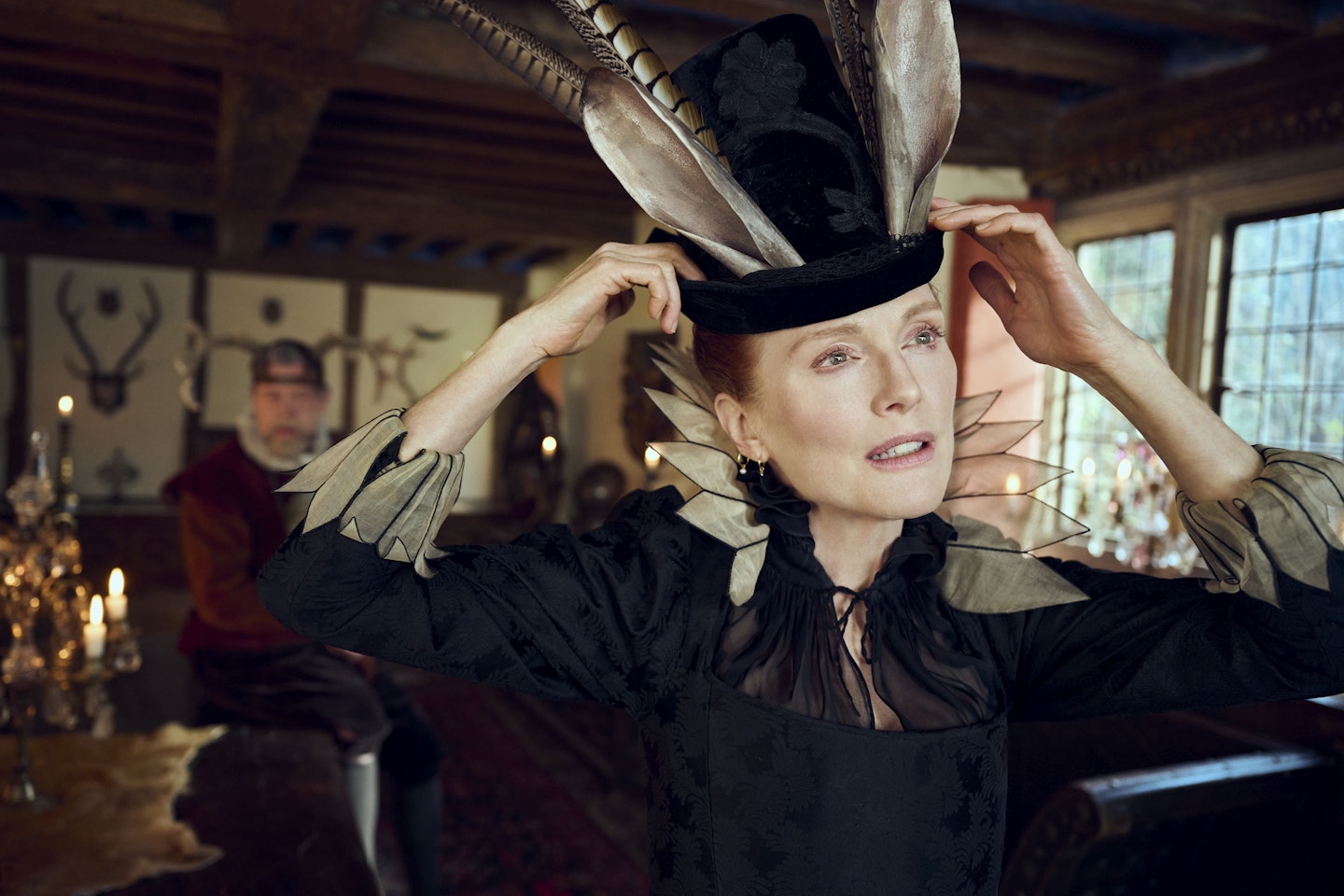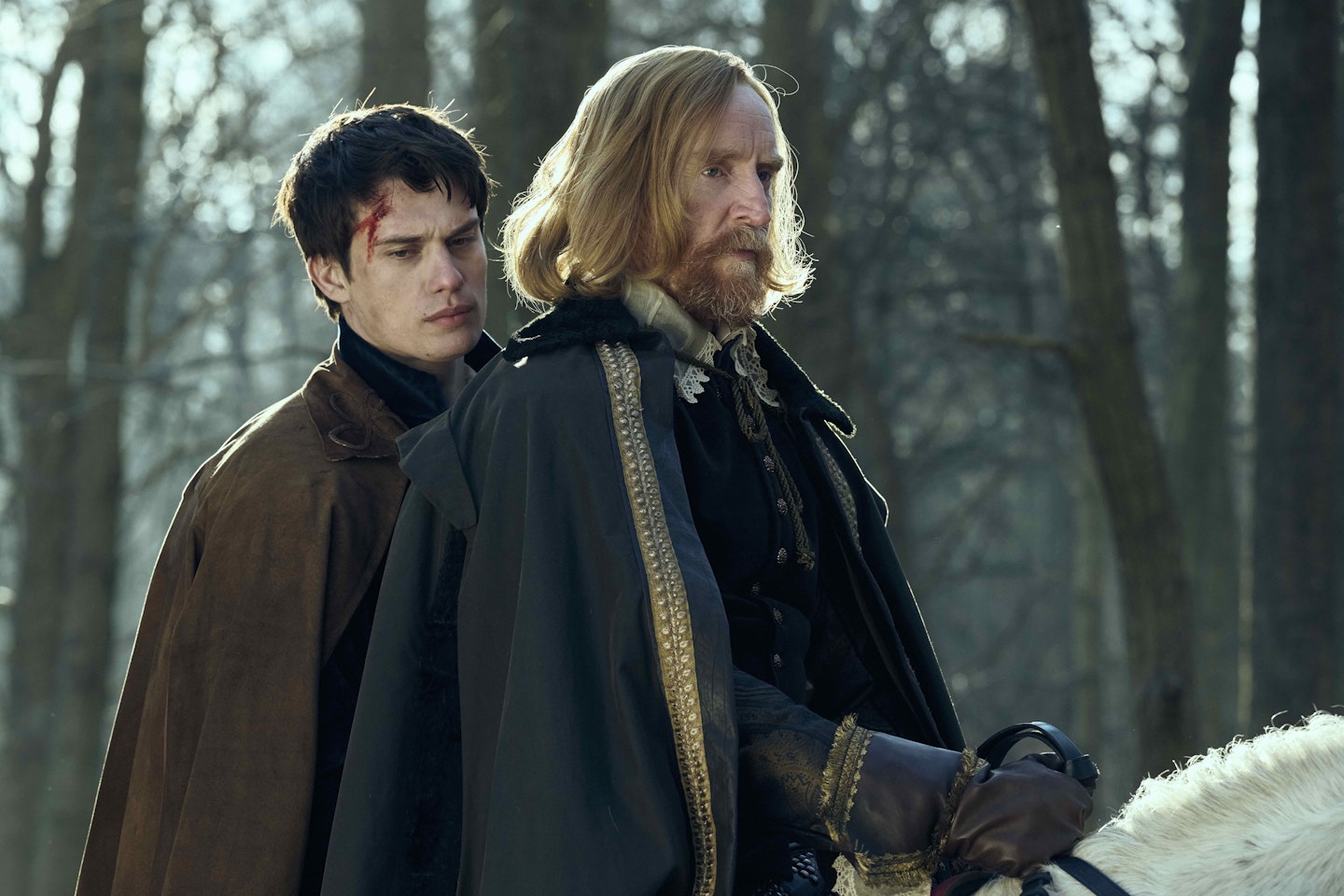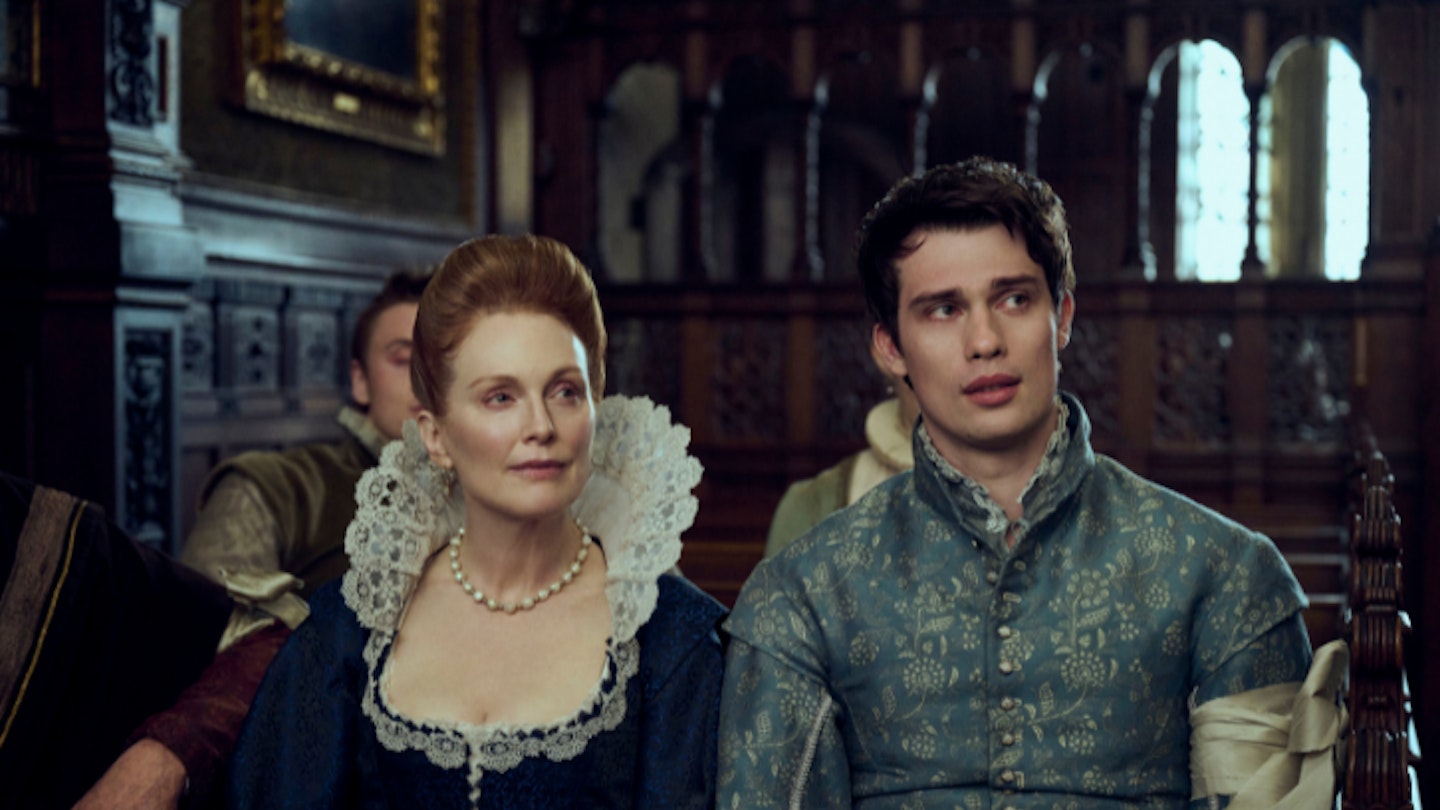Let’s be honest, there’s not exactly a shortage of raunchy period dramas out there. The first big hitter was obviously Netflix’s Bridgerton and then last year Apple TV+ released The Buccaneers. Now Sky and Now are jumping on the trend with Mary & George. But just another fluffy, loosely historical series Mary & George most certainly is not.
What is Mary & George about?
With the multi-award winning (we’re talking an Oscar, a BAFTA, Golden Globes and Emmys) powerhouse that is Julianne Moore – complete with a solid English accent despite being the only American in the cast - leading the charge, Mary & George brilliantly tells the previously untold true story of Mary Villiers. After marrying her way into favour in society, as was the only way for women to do it back then, Mary Villiers desired more for her four children, particularly her second son George Villiers - played by the ridiculously attractive Nicholas Galitzine (it’s actually an important part of the plot that George Villiers is as good-looking as he is) – who she groomed to become one of King James I’s many male live-in lovers.

‘That can’t be right! That must be dramatic licence to get people to watch Mary & George?’ we hear you cry. Well, despite all the straight-washing that we experienced at school when we were taught about the Jacobean era (that period of history that ran from 1603-1625 when James I ruled over England) and despite being married to Queen Anne of Denmark with whom he fathered eight children, King James I is widely regarded by historians as one of the most prominent queer men in history. As well as George Villiers, King James I was also linked to Robert Carr, 1st Earl of Somerset and had a whole posse of men that he is reported to have had affairs with.
Speaking to Grazia during a Q&A at the premiere of Mary & George writer DC Moore says, ‘Since British history is almost exclusively written by white men, not much is known about Mary Villiers despite the fact that she became one of the most powerful women in King James’ court. A similar thing has happened with King James, who had many really intense relationships with men and that’s just been written out of history.'
And Mary & George isn’t shy when it comes to portraying the ins and outs of those queer relationships. Actually, the emotive sex scenes are Mary & George’s greatest asset - they rarely feel gratuitous and genuinely help drive the plot.

Now, we’ve come to expect a certain level of raunchiness in our period dramas and Mary & George is no exception. Luckily, there’s a lot of sex in this show. The thing that sets the series apart from its predecessors though is that the majority of the intimate relationships portrayed are same sex.
There’s the relationship between George Villiers and King James I (tenderly portrayed by Tony Curran, Outlaw King), the one between King James I and the Earl of Somerset (Laurie Davidson, The Good Liar) and then more surprisingly, the one between Mary Villiers and a sex worker called Sandie (Niamh Algar, Malpractice who stuns in the smaller role). Admittedly, the latter may be dramatic licence, but it’s so beautifully done.
From the very first word (‘s**t’), it’s clear that Mary & George knows exactly what it’s doing under the guiding hand of director Oliver Hermanus (Living), but there’s still a rebellious, punk feel to the series. There’s a sense of risk in every scene because you’re never quite sure what’s going to happen, but you always know that it’s going to be good.
Daisy Hall is a News and Entertainment writer on Grazia, specialising in TV and film meaning that you can count on Daisy for the latest (and best) recommendations.
